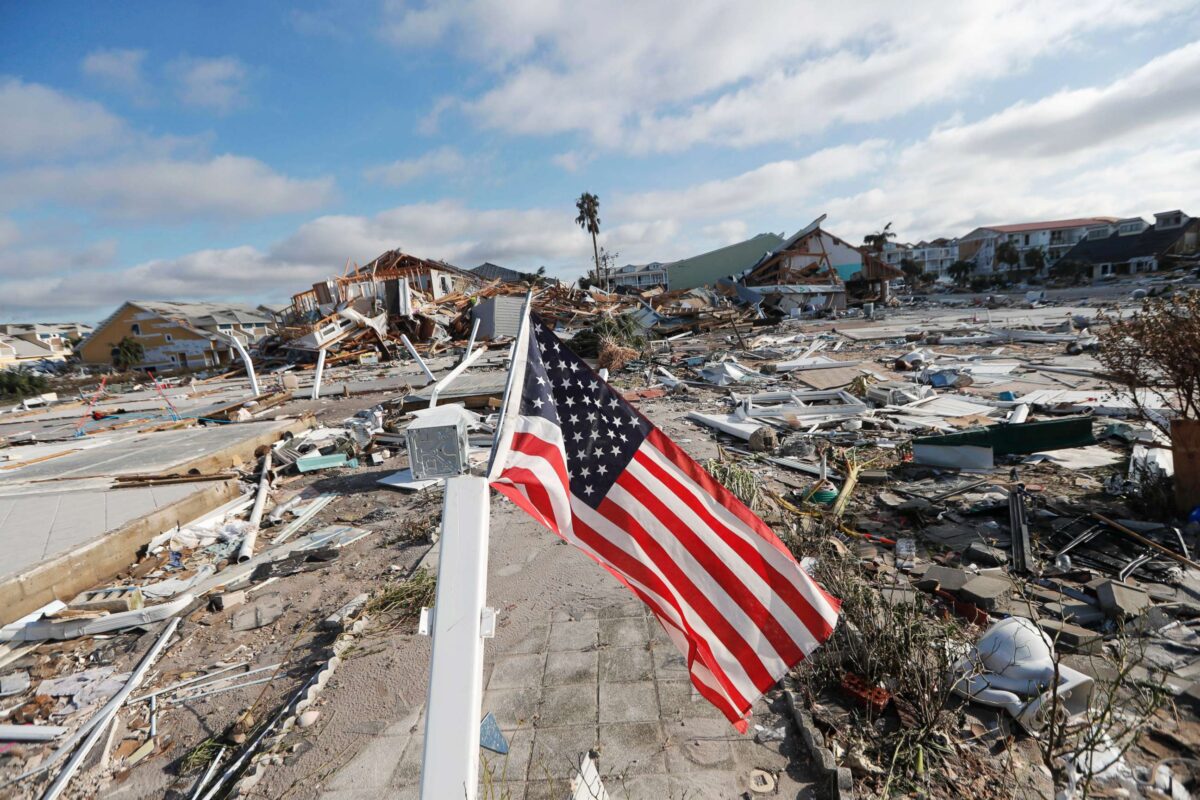Florida, known for its stunning coastlines and vibrant communities, is unfortunately no stranger to the devastating impacts of hurricanes. These powerful storms can leave a trail of destruction in their wake, leaving homeowners and communities facing the daunting task of rebuilding. In the aftermath of Florida hurricane damage, selecting the right materials for reconstruction is crucial to ensuring resilience against future storms and safeguarding against potential hazards. From structural integrity to environmental sustainability, the choice of materials plays a pivotal role in the restoration process.
Understanding the Importance of Material Selection
In the aftermath of Florida hurricane damage, the choice of materials for rebuilding goes beyond aesthetics. It encompasses considerations such as durability, resistance to extreme weather conditions, energy efficiency, and environmental impact. With the frequency and intensity of hurricanes in Florida, investing in resilient construction materials is paramount to mitigating future risks and ensuring the safety and longevity of structures.
Key Considerations for Rebuilding Materials
- Structural Integrity: Opting for materials with high structural integrity is essential for withstanding the force of hurricane winds and potential impact from debris. Materials such as reinforced concrete, steel framing, and impact-resistant windows offer superior strength and durability, reducing the risk of structural failure during storms.
- Water and Moisture Resistance: Florida’s tropical climate makes structures susceptible to water damage and mold growth, especially in the aftermath of hurricanes. Choosing materials that are water-resistant and moisture-repellent, such as treated lumber, fiberglass insulation, and moisture-resistant drywall, can help prevent costly water damage and maintain indoor air quality.
- Wind Resistance: Hurricanes are characterized by strong winds that can exert immense pressure on buildings, leading to structural damage and roof failure. Selecting materials designed to withstand high wind speeds, such as metal roofing, hurricane-resistant doors, and reinforced garage doors, can enhance the resilience of buildings against wind-borne debris and gusts.
- Environmental Sustainability: In addition to resilience, incorporating environmentally sustainable materials into rebuilding efforts can reduce the carbon footprint of structures and promote long-term sustainability. Options such as recycled steel, reclaimed wood, and energy-efficient insulation not only minimize environmental impact but also contribute to energy savings and occupant comfort.
Recommended Materials for Rebuilding
- Reinforced Concrete: Renowned for its strength and durability, reinforced concrete is a preferred choice for foundations, walls, and structural elements. Its resistance to moisture, fire, and wind makes it well-suited for withstanding the rigors of Florida’s hurricane-prone climate.
- Metal Roofing: Metal roofing systems offer exceptional durability and longevity, making them an ideal choice for protecting homes against wind and water damage. With proper installation and maintenance, metal roofs can withstand high winds, resist corrosion, and provide superior insulation.
- Fiber Cement Siding: Fiber cement siding combines the aesthetics of traditional wood siding with the durability of concrete. It is resistant to rot, pests, and moisture, making it an excellent choice for exterior cladding in hurricane-prone regions.
- Impact-Resistant Windows: Impact-resistant windows feature laminated glass and reinforced frames that can withstand the impact of flying debris during hurricanes. These windows not only enhance safety and security but also provide energy efficiency and noise reduction benefits.
- Composite Decking: For outdoor spaces, composite decking offers the beauty of natural wood without the maintenance requirements or susceptibility to rot and decay. Its resistance to moisture, mold, and insects makes it an ideal choice for decks, patios, and boardwalks in coastal areas.
You can find more articles here
FAQs
Q: How can I ensure the structural integrity of my rebuilt home after Florida hurricane damage?
A: Prioritize materials such as reinforced concrete, steel framing, and impact-resistant windows that offer superior strength and durability against hurricane-force winds and debris.
Q: Are there environmentally sustainable options available for rebuilding after Florida hurricane damage?
A: Yes, materials such as recycled steel, reclaimed wood, and energy-efficient insulation promote environmental sustainability while enhancing the resilience of structures against future storms.
Q: What steps can I take to minimize water damage and mold growth in my rebuilt home?
A: Choose materials that are water-resistant and moisture-repellent, such as treated lumber, fiberglass insulation, and moisture-resistant drywall, to prevent water intrusion and maintain indoor air quality.
Q: How can I protect my home against high winds and wind-borne debris during hurricanes?
A: Opt for materials designed to withstand high wind speeds, such as metal roofing, hurricane-resistant doors, and reinforced garage doors, to enhance the resilience of your home against wind damage.
Q: What are some cost-effective options for rebuilding after Florida hurricane damage?
A: While initial costs may vary, investing in durable and resilient materials can lead to long-term savings by reducing the need for frequent repairs and maintenance in the aftermath of future storms. Additionally, exploring financing options and government assistance programs can help offset rebuilding costs for homeowners affected by hurricane damage.



